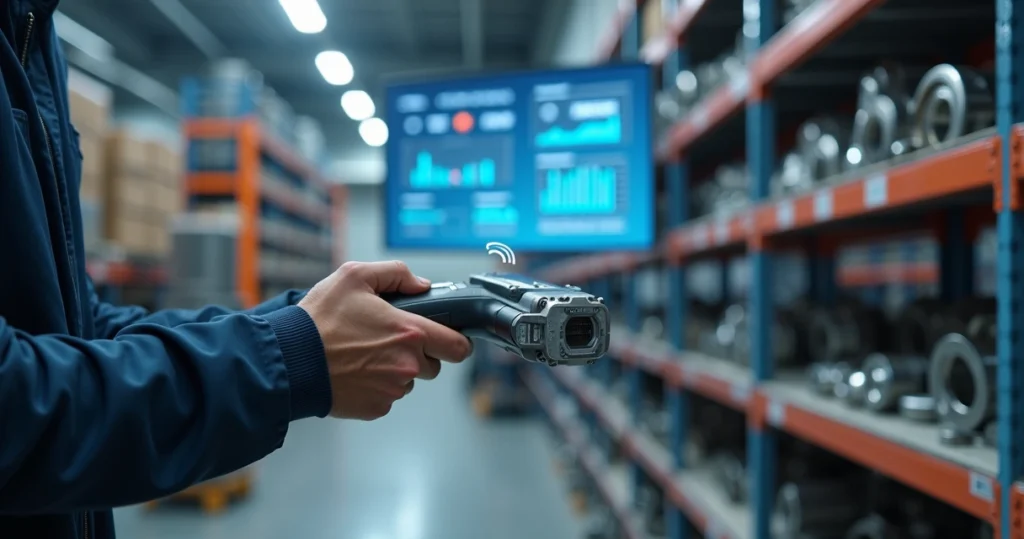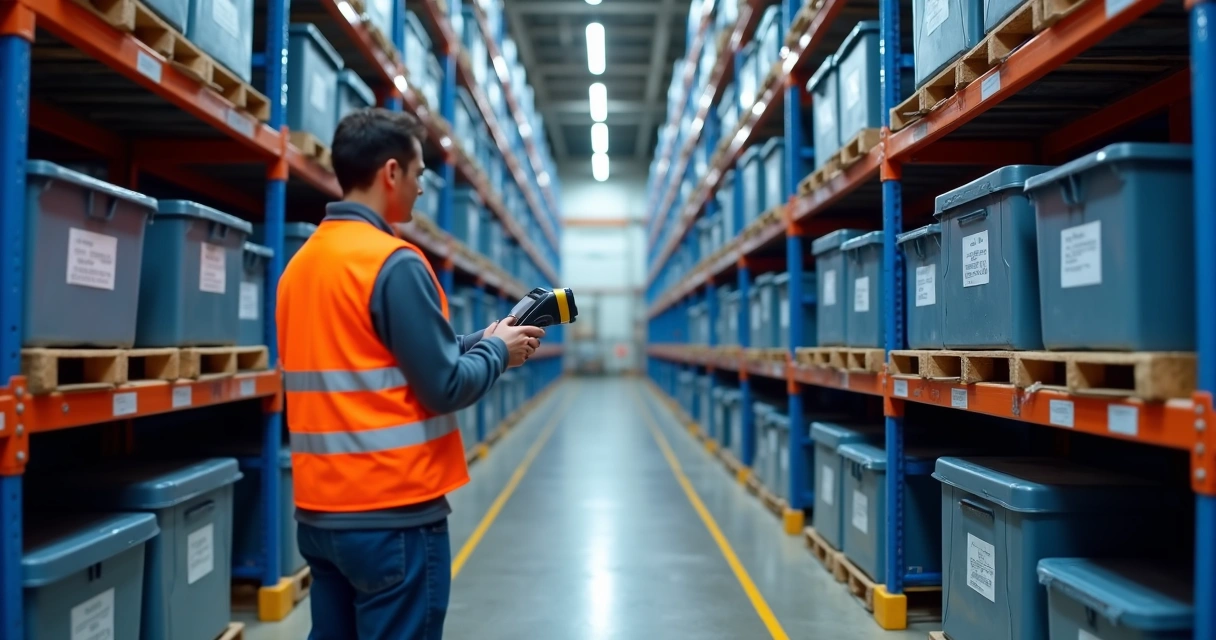12 Tips for Managing Spare Parts Using RFID Technology

I remember standing in a parts room where bins looked full but no one could say what was actually there. One handheld scan later, the truth appeared. Items were missing, others were hiding in plain sight. That is the quiet power of RFID for spare parts. It removes guesswork. It cuts the long walks and the sighs. It gives you facts, now.
See parts. See flow. See risks.
Below are twelve practical tips that come from that moment and many more. They are simple. They work. And when you connect RFID data with fault insights from Prelix, which turns failures into clear actions, you start to fix the right things faster.

The 12 tips
-
Tag by usage class, not just by item. Start with fast movers, safety-critical parts, and long lead-time items. If a bolt is cheap but stops a line when missing, tag it. A simple ABC by impact beats a perfect plan you never start.
-
Choose the right tag for the environment. Metal, heat, oil, and vibration affect reads. Use on-metal tags on gearboxes and motor housings. Use rugged cases for outdoor storage. Test a small batch on live shelves before you roll out.
-
Map read zones and blind spots. Walk the room with your reader. Note corners, rack depths, and antenna reach. Move antennas if needed. That quick map gives you confidence when a count seems odd, and it will, sometimes.
-
Connect RFID events to your CMMS. When a part leaves the shelf, your work order should reflect it. Guidance on integrating RFID with CMMS shows how this link cuts manual errors and keeps jobs ready to start.
-
Use location logic, not only counts. A bin with 10 bearings is fine, unless 6 sit in a maintenance cart across the plant. Track shelf, cage, and mobile kit locations. It sounds small, but it prevents last-minute scrambles.
-
Set min-max and exception alerts. Let the system flag low stock, long-idle parts, and items pulled without a work order. Alerts keep humans focused. You do not need a hundred messages, just the three that matter today.
-
Tie RFID data to failure patterns. If a pump eats seals every 90 days, your consumption history will show it. Insights from how RFID enhances predictive maintenance point to earlier part swaps and fewer unplanned stops.
-
Build vendor and recall traceability. Store supplier batch and serial info in the tag or linked record. When a recall hits, you can pinpoint parts on the shelf and in service. That kind of trace saves hours, sometimes days.
-
Make cycle counts a 15-minute habit. Short scans after shift change catch drift fast. You do not need a monthly marathon. A small routine, done often, keeps the ledger in line with the rack.
-
Connect to root cause work. Parts movement tells a story. Prelix helps teams run quick 5 Whys and create diagrams from failure data. When RFID proves that one gasket gets pulled twice as often after a change, your RCA guide for industrial teams und die AI-enhanced RCA guide show you how to turn that signal into action. If your team reads in Portuguese, share the guia de RCA com IA.
-
Plan ROI with real baselines. Take today’s shrinkage, last-minute buys, count time, and line stops. Then track after go-live. In healthcare, a hospital’s adoption of an RFID solution recovered charge costs over two years. Different field, same lesson. Measure before and after, not just hopes.
-
Train for the walking path. Show techs where to scan, which bins to audit, and how to handle no-reads. Keep it short with a one-page map. People remember paths. And if you want more reading depth, the Prelix-Blog und die blog em português share practical checklists that match shop floor reality.

How to start without overcomplicating it
Begin with one zone. Tag fast movers. Link pulls to work orders. Run weekly cycle scans. Review exceptions on Friday. Then extend to the next zone. If something feels heavy, trim it. RFID works best when it fits your shop’s pace.
There is also a neat side effect. When parts are visible, teams talk about causes, not just symptoms. Prelix leans into that shift. It connects what you used, when you used it, and why the failure happened, turning reports into clear actions and faster compliance prep.
Small wins stack. That is the trick.
Schlussfolgerung
RFID turns spare parts from a fuzzy pile into a clear, living map. Counts get faster. Stock outs shrink. Root cause work gets better data. And yes, you can start small and still see gains. If you want to link parts tracking with better failure diagnosis and 5 Whys reports, try Prelix. Bring your team, your shelves, and your nagging downtime. Let’s make the next audit feel easy.
Häufig gestellte Fragen
What is RFID for spare parts?
RFID for spare parts uses small tags and readers to identify items by radio signals. Each tag carries a unique ID, so you can see what is on the shelf, where it sits, and when it moves. It works without line of sight, which speeds counts and cuts manual entry.
How does RFID improve inventory control?
RFID speeds cycle counts, reduces mispicks, and tracks parts leaving or returning. When linked to your maintenance system, it updates work orders as items move. Evidence on integrating RFID with CMMS shows fewer manual errors and better part availability for jobs.
Is RFID worth it for small businesses?
Often, yes. If you lose time looking for parts, buy items you already own, or face line stops, gains can be clear. Start with one area and measure before and after. Cases like a hospital’s adoption of an RFID solution show that cost recovery is real when usage is consistent.
How much does RFID system cost?
Costs vary by tag type, reader count, antennas, and software. Rugged tags and fixed readers cost more. Many teams start with handheld readers and a few antennas to limit spend. Build an ROI model around labor hours saved, rush buys avoided, and fewer downtime events.
How to track spare parts with RFID?
Tag items or bins, install readers at doors or high-traffic points, and set clear bin locations. Connect events to work orders, then run short cycle counts weekly. Use alerts for low stock and no-reads. For deeper failure links and simple 5 Whys reports, bring the data into Prelix to close the loop.
